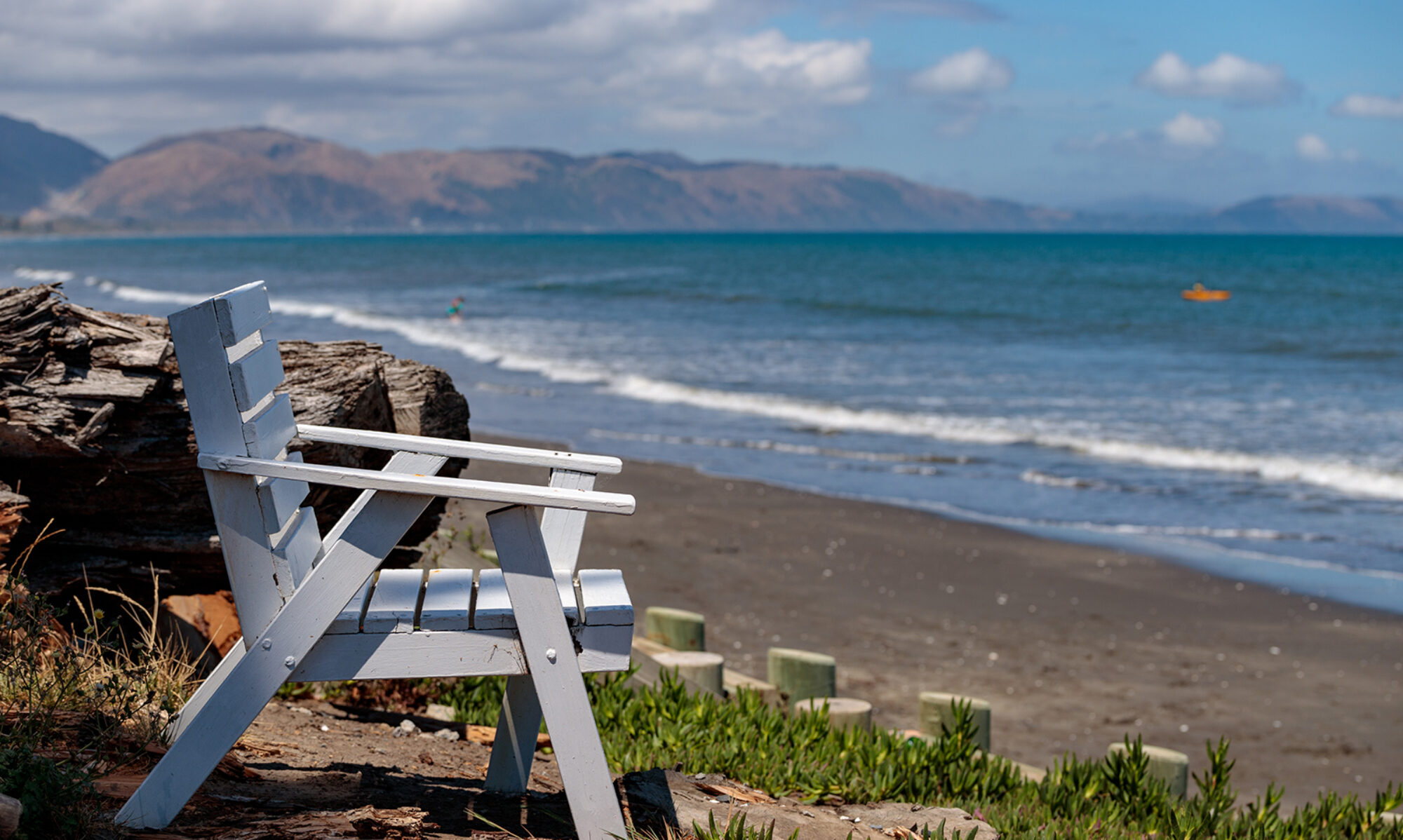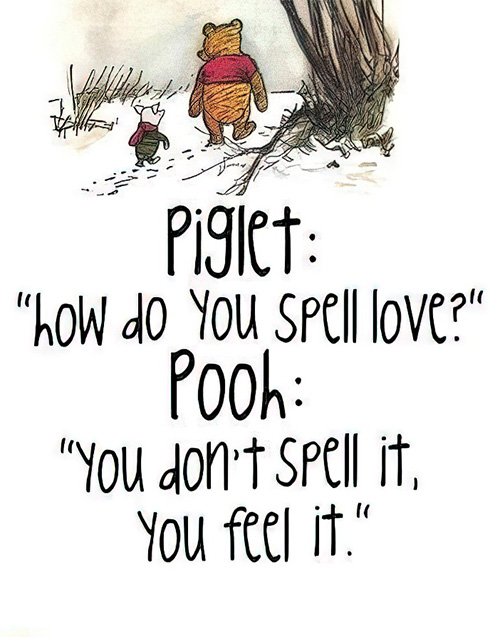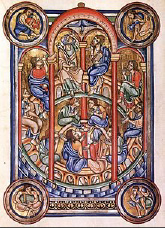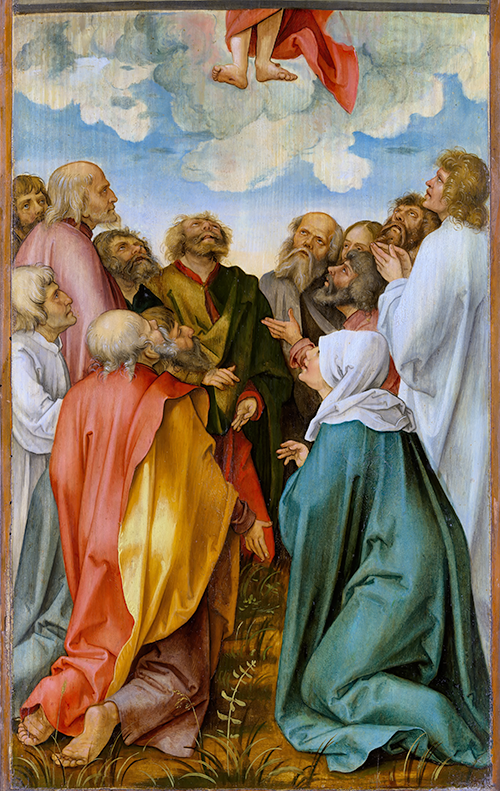In the Genesis account the Lord visits Abraham in the form of three men who are apparently angels representing God.
Abraham bows low to the ground before his three visitors and they speak to Abraham in union and are alternatively referred to by the Genesis writer as “they” or “the Lord.” Abraham offers them the hospitality of foot washing, rest under a shade tree, and a meal and they offered him the announcement that God was going to give he and his wife Sarah a son, though Sarah was far past the age of childbearing.
Symbolism in Rublev’s Icon
In Rublev’s icon painting he depicts the three heavenly visitors sitting at a table with a cup placed before them on the table. Most scholars understand the figures to be seated left to right in their doxological order of Father, Son, and Spirit.
Others had painted this Biblical story, but Rublev was the first to paint only the three angelic figures and to make them of equal size. Rublev depicts the three as One Lord. Each holds a rod in his left hand, symbolizing their equality. Each wears a cloak of blue, the colour of divinity. And the face of each is exactly the same, depicting their oneness.
The Father is like the figure on the left. His divinely blue tunic is cloaked in a colour that is light and almost transparent because he is the hidden Creator. With his right he blesses the Son – he is pleased with the sacrifice he will make. His head is the only one that is lifted high and yet his gaze is turned to the other two figures.
The Son is portrayed in the middle figure. He wears both the blue of divinity and reddish purple of royal priesthood. He is the King who descends to serve as priest to the people he created and to become part of them. With his hand he blesses the cup he is to drink, accepting his readiness to sacrifice himself for humanity. His head is bowed to his Father on the left.
The Spirit is indicated in the figure on the right. Over his divinely blue tunic he wears a cloak of green, symbolizing life and regeneration. His hand is resting on the table next to the cup, suggesting that he will be with the Son as he carries out his mission. His head is inclined toward the Father and the Son. His gaze is toward the open space at the table.
Notice the beautiful circular movement in the icon of Father, Son, and Spirit? The Son and the Spirit incline their heads toward the Father, and he directs his gaze back at them. The Father blesses the Son, the Son accepts the cup of sacrifice, the Spirit comforts the Son in his mission, and the Father shows he is pleased with the Son. Love is initiated by the Father, embodied by the Son, and accomplished through the Spirit.




